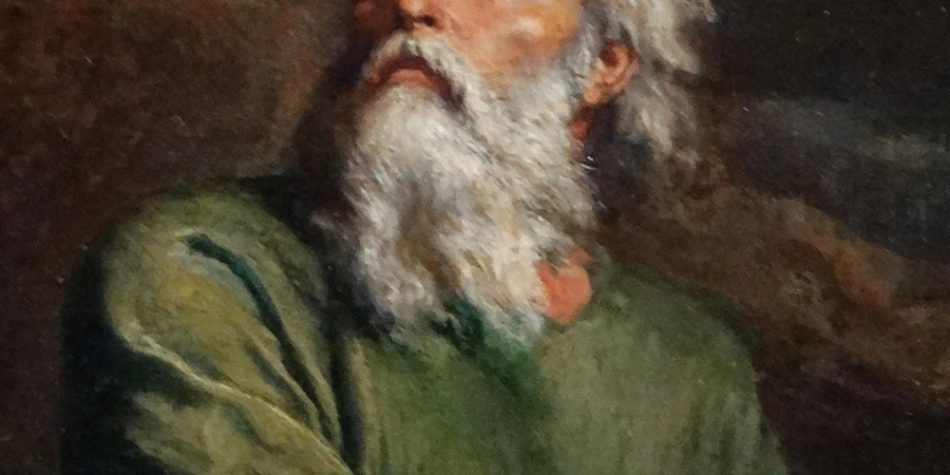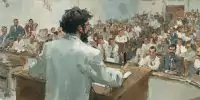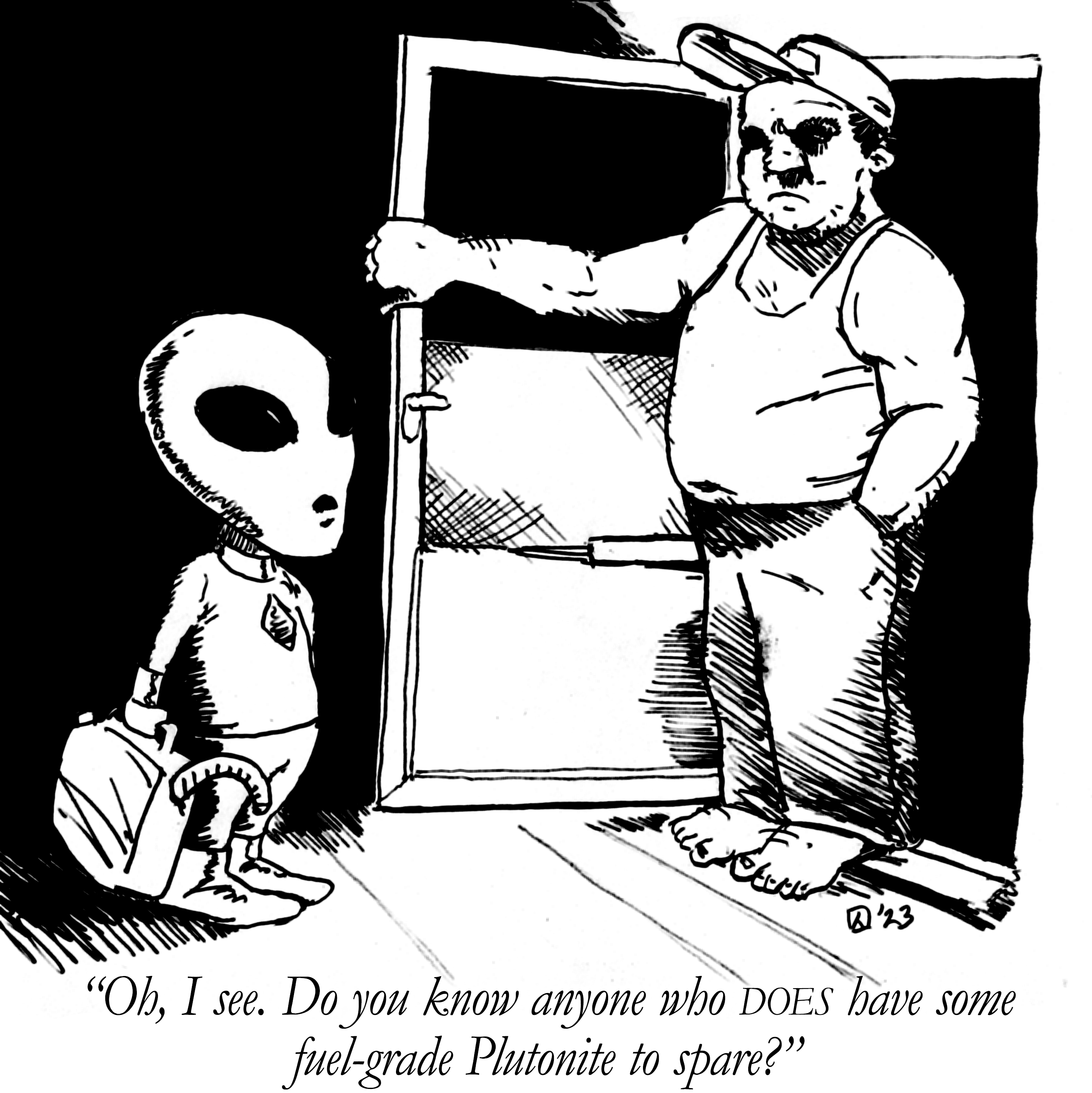Isaiah by Jean-Louis Ernest Meissonier, oil on oak panel (ca. 1838)
Every family and community has a few good inside jokes. One such joke among Latter-day Saints is what happens to people after reading the fast-moving narrative of Lehi leaving Jerusalem through the Book of First Nephi … until they “come to the Isaiah chapters.”
Even under the best of circumstances, the text of this ancient poet can be challenging. Over the weeks ahead, Latter-day Saints will receive a guided tour of this Old Testament book in Come, Follow Me. When some of these same texts are encountered midway through the Book of Mormon, this can likely feel like a seemingly impassable barrier, especially for new students of the scriptures. But even for those with plenty of experience, these chapters can become another kind of barrier—representing for some a kind of ideological wedge that disrupts the earnestness and integrity of their conviction.
That was the experience Dan Ellsworth had a number of years ago. After successfully navigating that challenge to his faith, this good brother in Virginia felt strongly prompted to create a resource to help others. In what follows, we asked him about this new video project, his motivation for it, and to walk us through its component parts.
I’ve personally loved the Book of Isaiah ever since my endearing professor Terry Ball opened the eyes of his students to the richness of Hebrew poetry at BYU. And I was intrigued to go a little deeper on what Dan has learned from this deeper dive in Isaiah—and what he hoped it might offer those listening in.
This conversation has been edited for clarity.
Jacob Hess: Dan, can you give us a summary backdrop of your personal experience that prompted and motivated this project?
Dan Ellsworth: Sure. I fell in love with the book of Isaiah years ago when I decided to do a reading of Isaiah 53 at a family Easter gathering. I was deeply struck by the power of the witness I was reading, and I was emotionally overcome. I ended up memorizing Isaiah 53 and reciting it to myself on my commute and in other situations.
But over time, I became aware that a surprising amount of academic scholarship on the Bible contradicts things that we tend to believe about Isaiah, including the actual authorship of the book. This troubled me, and it boiled over in my midlife crisis at the age of 40, a difficult developmental crossroads in my personal faith.
Over time, I applied myself to researching Isaiah scholarship in depth. It was scary and often unsettling, but eventually, I came to a place of much greater understanding of biblical scholarship in general, both its value and its limitations. It’s not an issue that troubles me anymore. But seeing how it continues to trouble other members of our faith, I decided to put together a presentation to help calibrate some more realistic expectations for the field of biblical studies and equip people with a little better toolset for critically evaluating things they read.
JH: What do you hope this video project will accomplish for people who check it out?
DE: I’m hoping it will accomplish three things: first, help people who are stumbling in their faith due to questions around scripture. I’d like to give them a little breathing room so they can see the value of slow, methodical examination of issues that challenge their faith.
Second, I would like to help us as a people to mature in our approach to prophecy. We (especially in America) sometimes assume that it’s all about me—e.g., “Isaiah is speaking to my concerns, attacking people I dislike, prophesying about my favorite political candidate, and so forth.” Sorry friends, but he’s really not. Isaiah is generally speaking to his people, to Israel over time, and to the nations around Israel. And his message is explicitly apolitical, denouncing the people’s seeking for political alliances over “The waters of shiloah that go softly,” or in other words, the quiet, subtle, protective covenant influence of God.
That said, Nathaniel Givens recently reminded us that even when prophets are speaking to a particular time and place, they offer patterns that are applicable to other situations. And there is undoubtedly value in the personal “likening” that Nephi encourages for “all scripture”—“that it might be for our profit and learning.” Yet I hope that we as a people can move out of what can sometimes feel like self-centered interpretations of prophecy and spend a lot more time on historical context, seeing how God’s light has shined into other times and places.
Third, I want to help dispense with a myth that is commonly used to attack our faith and comfort the disaffected: the idea that believing scholars hold biases, whereas secular scholarship produces bias-free, neutral works of dispassionate analysis. We presently have some amazing biblical scholars in the Church, and it pains me to see their work dismissed with arguments like s/he teaches at a church school, so their analysis is biased by their religious commitments (… unlike scholars in secular institutions). My presentation offers an overwhelming refutation of this false narrative. Every scholar operates from a paradigm, and we benefit from awareness of that fact.
JH: Isaiah is hard enough to understand, even if you don’t have these larger hang-ups. Is there anything else in these videos that can help others who just want to go deeper in their understanding of Isaiah?
DE: These videos are focused on a particular question surrounding the field of biblical studies. But one of the points I make in the videos is that when it comes to Isaiah, we can benefit from a deeper understanding of prophecy in the restoration and how restoration scriptures were received and assembled over time. We sometimes open a text like Isaiah and assume that it was produced as a prophet sat down and wrote down his thoughts in a sequence over time, leaving us with a final product.
But there is a lot of evidence that the process that gave us the book of Isaiah looked a lot more like what we see with restoration scripture. Both the Book of Mormon and the Doctrine and Covenants are texts that were received, handled, edited, and assembled over time by multiple individuals and even teams of people. And as Robert Boylan recently showed in an outstanding piece, prophetic sayings are adapted and modified, and expanded over time for numerous reasons. When we see through the lens of this restoration understanding of scripture, we’re less prone to mental whiplash and confusion when we read a complex book like Isaiah. And we’re also less prone to engage in narrow black-and-white thinking that often leads to loss of trust in the divinely-ordained authority of scripture.
JH: What else has stood out to you after doing this deeper dive on Isaiah? Are there any other takeaways that have strengthened you?
DE: My biggest takeaway is a personal witness that if I’m sincere and willing to work, God can walk me through very difficult questions. There were times in this process where I was led to specific resources and enabled to see new angles of questions in ways that were far beyond my normal abilities. Paraphrasing the psalmist, I can say from personal experience: Yea, though I walk through the valley of the shadow of doubt, I will fear no evil: for thou art with me.
JH: Why don’t you walk us through the layout and contents of the video series?
DE: The first four videos are an introduction to biblical scholarship and the various commitments that shape the work of scholars. The next four are videos addressing specific points of controversy around Isaiah authorship, followed by some concluding thoughts. I then offer a postscript video of some personal thoughts on Isaiah and the Book of Mormon. For each video, there is a page listed here at the blog Nauvoo Neighbor, along with links to resources and slides available to download. [At the bottom, we link to each of them along with an introduction.]
This series is part of a larger project of mine, a YouTube channel called Latter-day Presentations. There I’m producing content as additional toolsets for believers thinking through challenging issues and questions, and the Isaiah series is a good case study for the kinds of conversations I hope we can have around challenging issues. My hope is that over time, my own work will be like a drop in a bucket, that venues like YouTube will overflow with different sources of quality content for believing-and-sustaining Latter-day Saints.
JH: Any final thoughts for our readers?
DE: It’s good to be flexible in our thinking, but not so flexible that we never push back against critical claims about our faith, even claims made by competent scholars.
What I hope for Latter-day Saints to understand is that as we engage with scripture and sacred history, we are building mental models of the things that we are studying. Throughout our lives, as we develop as human beings, it’s okay to adjust our mental models. And if we view that kind of gradual learning as shameful or overwhelming, we can be tempted to abandon our mental models altogether. I hope readers understand that this is not necessary. If your engagement with Isaiah this year challenges some aspect of your mental models around scripture and prophets and revelation, that is an opportunity for growth. Embrace it.
Part 1 of the series provides a basic introduction to scholarly division of the book of Isaiah and how it relates to the Book of Mormon, then explores some basic choices that scholars make in their research.
Part 2 explores questions of worldview and how a scholar’s worldview can impact their approach to the biblical text.
Part 3 discusses the reality of bias in biblical studies and the importance of accounting for scholars’ plausibility structures.
Part 4 explores how personal agendas affect research outcomes and the problem of scholarly consensus in biblical studies.
Part 5 offers some background on the book of Isaiah, then explores basic questions of composition and discusses scholarly views of shifts in setting and perspective in the text.
Part 6 discusses questions of linguistics and anachronisms in the text and their relevance for dating the text in support of multiple authorship.
Part 7 discusses intertextuality and the Great Isaiah Scroll at Qumran and how scholars think of these issues in questions of authorship.
In Part 8, I offer some concluding thoughts about appropriate expectations for scholarship.
Post Script: Some thoughts on Isaiah 53, the Isaiah chapters in the Book of Mormon, and other topics.
Here’s the full playlist of videos

















